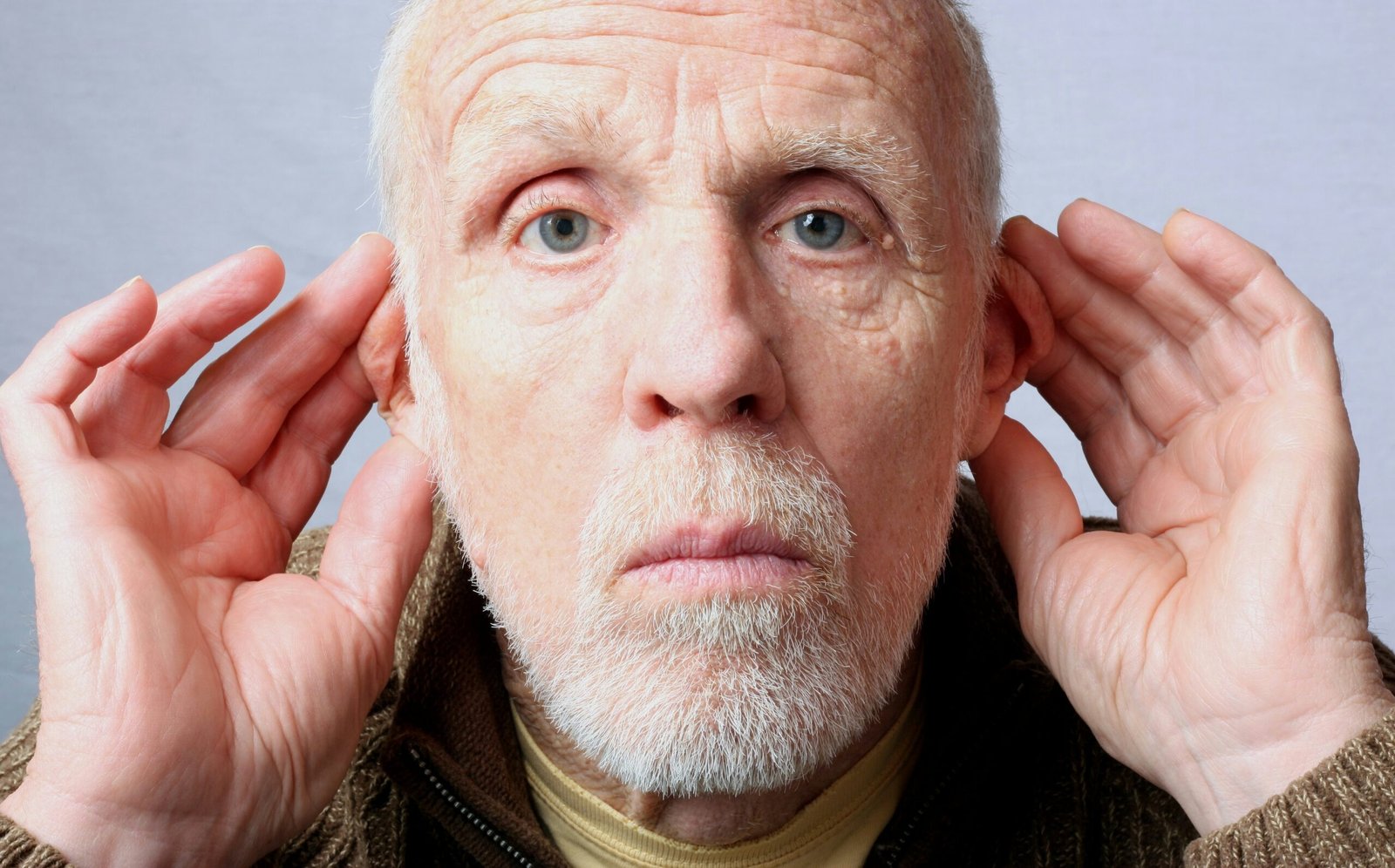
Two conflicting studies on teenage hearing loss have been released over the past few weeks. The first one, by Brigham & Women’s Hospital in Boston proffers the troubling finding that one in five of our teens show signs of hearing loss. The second, by the University of Minnesota points out that the conclusions of the Brigham & Women’s study might be up to 10% incorrect due to possible errors in their measurement techniques.
So What?
We generally associate hearing loss with an aging population and, for better or worse, most people lack a real understanding of the many issues that affect these people. Hearing loss is, in most cases, a slow, transitional process. Slow enough for us to develop compensating behaviors that allow us to deny the problem: we move closer to the speaker; we increase the volume of the TV, radio or mp3 player. We do these things to persuade ourselves that the ‘loss’ is not real, it really doesn’t matter, or we can make the problem go away.
But there is more to hearing loss than a reduction in volume. We lose the ability to effectively listen; to understand. This is true with even a minor or mild hearing loss.
Listening, not hearing is our primary gateway to learning. Students spend upwards of 70% of their school day engaged in some type of listening activity. While hearing and listening are interconnected, they are very different. Hearing is about sounds while listening is about contextual understanding. Listening requires a conscious choice, to not only sense the sounds (hearing) but to attend to them, interpret and evaluate them, and then respond to them. Difficulty understanding speech complicates the education process and exacerbates learning disorders.
Most of the teens in these studies suffer from Noise Induced Hearing Loss – a form of sensorineural hearing loss that affects the ability to hear the higher frequencies. In the spoken English language, many consonants sounds are high in frequency and low in volume. Specific examples are the /s/, /f/ and /th/ sounds. A person with a mild hearing loss of 25dB (the demarcation of what’s considered normal hearing and a mild hearing loss) can have difficulty in discriminating these sounds. Words begin to sound alike because the differentiating consonants begin to blend together. Additionally, many of the vocal intonations that we use to make a point or to form a question rely on these higher frequency, low volume sounds.
For students, especially younger ones, this can be academically devastating. Dr. Fred Bess of the Department of Hearing and Speech Sciences at Vanderbilt University Medical Center reported over a decade ago that 37% of children with a hearing loss failed at least one grade, compared with the district norm of about 3%. Dysfunctional listening triggered learning problems in these children that included: lack of understanding, trouble with vocabulary, word usage skills and storytelling abilities. Children with even a mild hearing loss are 4.3 times more likely to experience trouble in communication, than children with normal hearing.
Students that have a hearing loss or auditory/language processing problem may not present any problems until they are in a situation where they have to listen carefully and gain a clear understanding of complex (for their age level) material. Listening with this intensity takes attention, concentration and conceptualization, each requiring significant cognitive effort. These students tire easily and get frustrated quickly. Try sitting through a meeting with ear plugs pushed into your ears and see how you feel after an hour or so. These children will quite often act out, especially in the afternoon classes. Their behavior is often mistaken for ADD/ADHD with the result being a pharmacological remedy inappropriate to the underlying problem.
Regardless of which study you want to believe, the fact is that a high percentage of youngsters have a hearing loss that will affect the level of their academic achievement and complicate their social interactions throughout their entire lives.





